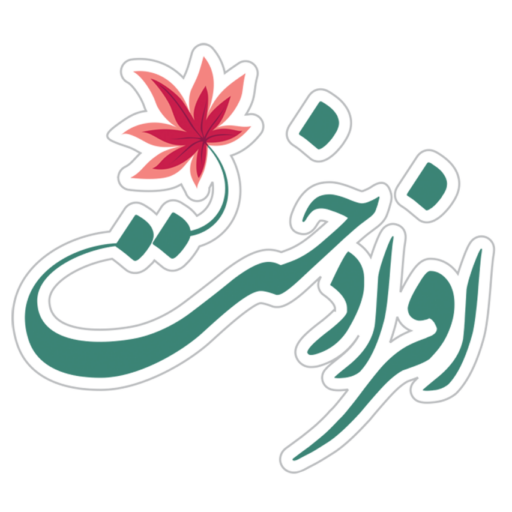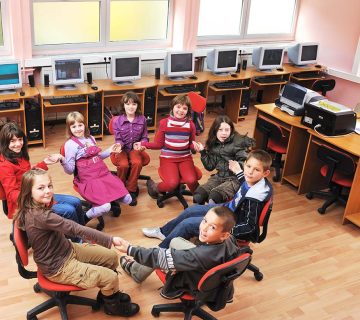Introduction
Children’s games have always been an important part of Iranian culture and collective memory. Before mobile phones and tablets took over kids’ free time, the sound of laughter and excitement filled alleys and courtyards as children played games like Hopscotch (Leili), Haft Sang, Vasati, and Gol ya Pooch. Today, many parents worry that their children rely too heavily on digital games. The good news is that traditional Iranian games can still be revived — games that not only entertain but also strengthen social skills, focus, and physical activity.
Why Traditional Games Still Matter
- Enhancing Social Skills: Group games like Vasati or Haft Sang teach children teamwork and healthy competition.
- Encouraging Physical Activity: Unlike digital games, traditional ones involve running, jumping, and lots of movement.
- Preserving Culture and Identity: These games are a part of Iran’s cultural heritage and help connect generations.
- Simple and Inexpensive: Most of them require no special equipment — just a ball, some stones, or imagination.
A Few Classic Iranian Games
1. Hopscotch (Leili)
How to Play: Draw squares on the ground and throw a small stone into one. Players hop on one foot through all the squares without stepping on lines.
Skills: Balance, focus, accuracy.
Why It’s Popular: Kids still love jumping and the challenge of keeping their balance.
2. Haft Sang (Seven Stones)
How to Play: Stack seven small stones and try to knock them down with a ball. The opposing team must rebuild the tower before being hit.
Skills: Speed, teamwork, precision.
Why It’s Popular: The thrill of chase and defense keeps children active and excited.
3. Vasati (Dodgeball)
How to Play: One team stands in the middle while the other throws the ball from both sides, trying to hit them.
Skills: Agility, quick reflexes, coordination.
Why It’s Popular: Simple, energetic, and doesn’t require much space.
4. Gol ya Pooch (Flower or Empty)
How to Play: A small object is hidden in one player’s hand, and others must guess where it is.
Skills: Observation, focus, intuition.
Why It’s Popular: Easy to play anywhere — even at family gatherings.
5. Qaem Bashak (Hide and Seek)
How to Play: One child closes their eyes and counts while others hide. Then the seeker tries to find everyone.
Skills: Speed, creativity in hiding, exploration.
Why It’s Popular: Works well both indoors and outdoors.
How to Make Traditional Games Appealing to Today’s Kids
- Add Music: Use fun songs or rhymes during play.
- Introduce New Challenges: Add scoring or small prizes to boost motivation.
- Include in Parties or School Events: A great alternative to screen-based entertainment.
- Teacher Involvement: Encourage playtime in PE or recess to revive these games.
The Impact of Traditional Games on Child Development
- Physical: Strengthens muscles, improves cardiovascular and lung health.
- Mental: Enhances concentration, problem-solving, and decision-making.
- Social: Promotes cooperation, respect for rules, and learning how to win or lose gracefully.
Conclusion
Traditional Iranian games are not only entertaining but also a valuable source of indirect education. With a bit of creativity from parents and teachers, these games can once again find their place in the lives of today’s children.
Frequently Asked Questions (FAQ)
1. Why should we teach traditional games to children today?
Because they develop both social and physical skills while connecting kids to their cultural roots.
2. Which traditional games are best suited for home?
Gol ya Pooch and Hide and Seek are ideal for small indoor spaces.
3. How do traditional games affect children’s health?
They increase physical activity, improve focus, and reduce dependence on mobile devices.
4. How can we make these games more engaging for kids?
By adding new rules, music, and a fun scoring or competition system.







